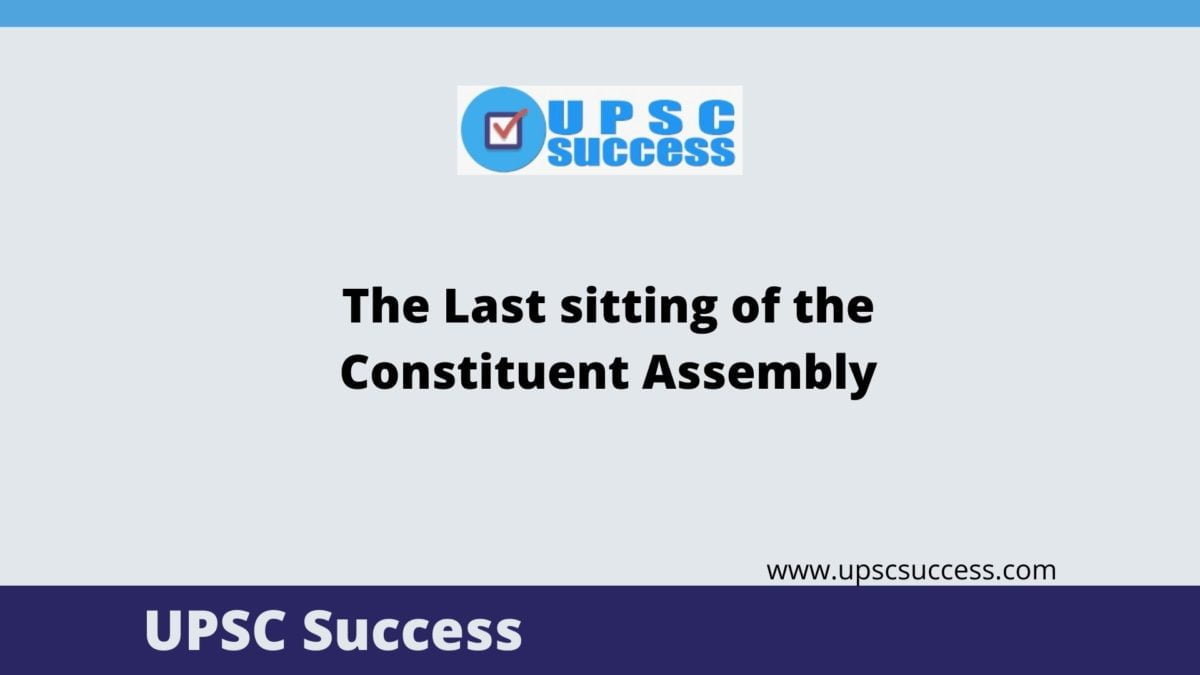The Constituent Assembly began its work of drafting the Indian Constitution in the winter of 1946.
After three years, the Constitution came into effect, on 26th January 1950, Republic Day of India.
The Constituent Assembly chose January 26 to commemorate the Purna Swaraj Declaration.
Interestingly, a few provisions related to citizenship, elections, provisional parliament were already in force from 26th November 1949 – the day the Constituent Assembly adopted the Constitution.
Two days before Republic Day, on January 24, 1950, the Assembly sat for the last time which also happened to be the only sitting in the month of January 1950.
The first item of the agenda was the national anthem. Rajendra Prasad, the Chairman of the Constituent Assembly, stated that instead of adopting the national anthem through a ‘formal’ resolution passed by the Assembly, it would be ‘better’ if he just made a statement:
‘‘The composition consisting of the words and music known as Jana Gana Mana is the National Anthem of India, subject to such alterations in the words as the Government may authorise as occasion arises…’’
Next, H. V. R. Iyengar, the Returning Officer and the Secretary of the Constituent Assembly announced that Rajendra Prasad has been unanimously elected as the President of India as there were no other nominations.
Jawaharlal Nehru congratulated Rajendra Prasad and remarked:
‘‘..Not only have we had experience of your able leadership during these three years of great difficulty but many of us have known you for three and thirty years or so as a soldier of India, ever in the forefront of the battle for freedom. (Cheers). So, we welcome you Sir, as our leader, as the Head of the Republic of India, and as a comrade who has faced without flinching all the crisis and troubles that have confronted this country during the past generation…’’
Several members delivered speeches, congratulating Rajendra Prasad, including Sardar Vallabhai Patel, Biswanath Das, H. C. Mookerjee, and Hussain Imam.
Then the present members of the Constituent Assembly signed three copies of the Constitution: an English hand-written and illuminated copy, an English print copy and a hand-written copy in Hindi.
The day’s sitting ended by singing Jana Gana Mana by Purnima Banerji, one of the leading members to sing Jana Gana Mana, followed by singing Vande Mataram by Lakshmi Kanta Maitra.
The Constituent Assembly then adjourned. Two days later, the Constitution came into force and India transformed into a Republic.

